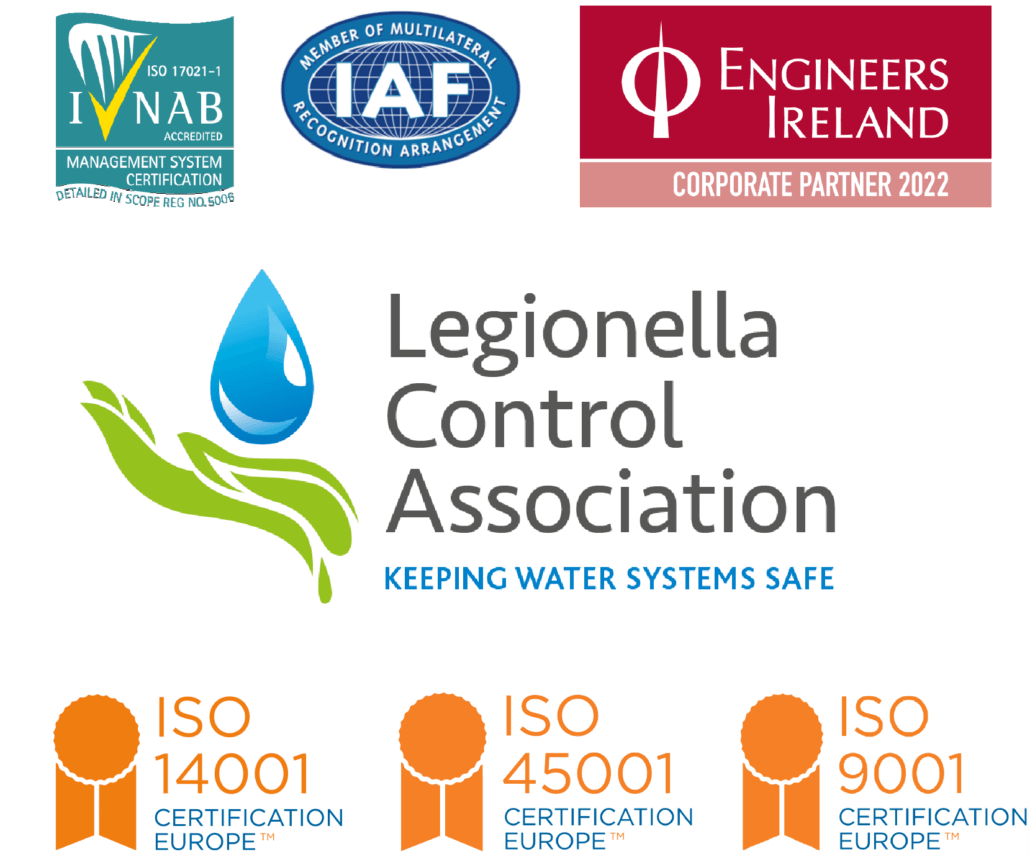The Importance of Cold Water Storage Tanks Inspections
When it comes to water treatment, the safety and quality of water is paramount. Cold water storage tanks play a crucial role in storing potable water, making routine inspections essential to maintain both regulatory compliance and the health of consumers.
In this blog, we delve into the significance of cold-water storage tank inspections and why they should be a priority for every water treatment company.
Understanding Cold Water Storage Tanks:
Cold water storage tanks are integral components of water distribution systems, typically found in commercial, industrial, and residential settings. These tanks store water at ambient temperature, ready for use whenever needed. However, over time, these tanks can accumulate sediment, bacteria, and other contaminants, compromising water quality and safety.
The Importance of Inspections:
Regular inspections of cold-water storage tanks are essential for several reasons:
- Health and Safety Compliance: Adhering to health and safety regulations is crucial for any water treatment company. Regular inspections ensure that cold water storage tanks meet regulatory standards, safeguarding public health.
- Preventing Contamination: Over time, sediment, biofilm, and microbial growth can accumulate within storage tanks, potentially contaminating the water supply. Inspections help identify and address these issues promptly, preventing waterborne illnesses and maintaining water quality.
- Extending Lifespan: Routine inspections allow for the early detection of corrosion, leaks, and structural issues in cold water storage tanks. Timely maintenance and repairs can prolong the lifespan of these tanks, minimizing the risk of costly replacements.
- Optimal Performance: Clean and well-maintained storage tanks contribute to the efficient functioning of water distribution systems. Regular inspections ensure that tanks operate effectively, providing reliable access to clean water.
The Inspection Process:
During a cold-water storage tank inspection, trained professionals assess various components, including:
Tank Integrity: the exterior of the tank, including its walls, roof, supports, welded or bolted joints, are thoroughly examined for any indications of corrosion, leaks, or structural damage. Additionally, non-destructive testing (NDT) methods such as ultrasonic testing or magnetic particle inspection are employed to detect internal defects or weaknesses without compromising the tank’s integrity. Ultrasonic thickness gauges are utilised to measure the thickness of the tank walls, enabling inspectors to pinpoint areas of corrosion or thinning that may require attention. This comprehensive approach ensures a thorough assessment of the tank’s integrity and helps identify any potential issues that could compromise its functionality or safety.
Water Quality: Water samples are taken from multiple points within the tank to capture a comprehensive overview of water quality. These samples are then extensively tested to detect a wide range of contaminants, including bacteria, viruses, chemicals like chlorine or heavy metals, as well as physical characteristics such as pH and turbidity. This approach ensures a thorough evaluation of the water within the tank, allowing well-informed choices to be made about any necessary maintenance or remedial operations.
Interior Condition: The tanks are drained, examined, and cleaned to remove and sediment buildup, biofilm, or any other microbial growth. This cleaning procedure may involve the use of high-pressure water jets, scrubbing, or chemical cleaning agents to ensure optimal cleanliness. It is also common to conduct a visual examination of the tank to identify any structural defects that may compromise its integrity.
Safety Features: During the safety inspection phase, numerous safety features of the cold-water storage tank are examined. This includes ensuring that overflow pipes are correctly positioned, appropriately sized, and free from obstructions to prevent the risk of flooding or overfilling. Vents are carefully checked to verify proper functionality, allowing enough air circulation within the tank to mitigate pressure buildup or vacuum conditions. Additionally, hatches, manways, and other access pointed are investigated to make sure they are accessible, securely sealed, and compliant with relevant safety regulations.
Conclusion:
Routine inspections of cold-water storage tanks are paramount for ensuring the safety, quality, and reliability of water distribution systems. By adhering to health and safety regulations and conducting thorough assessments of tank integrity, water quality, interior conditions, and safety features, water treatment companies can safeguard public health, prevent contamination, extend the lifespan of equipment, and optimise system performance.
These inspections not only facilitate regulatory compliance but also demonstrate a commitment to providing clean and safe drinking water to consumers. Therefore, prioritising cold-water storage tank inspections should be a fundamental aspect of your company’s operational practices, ensuring the continued delivery of high-quality water.






